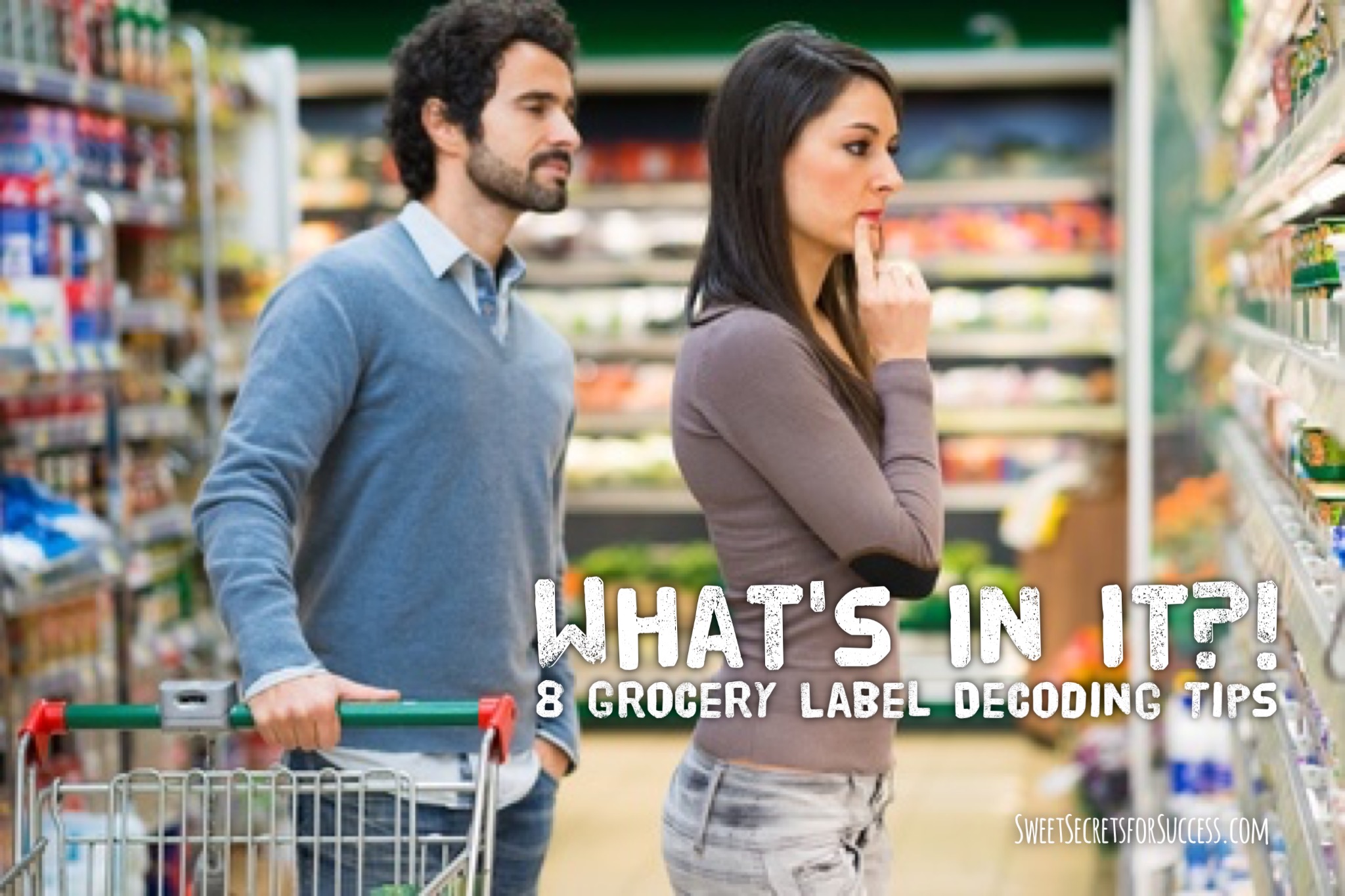 At the beginning of 2017, I wanted a word for my year. Just one word. A word that would be a goal and give me a vision to be pressing towards, yet also one that would bring excitement, hope and expectation for the months ahead. The word “manifestation” kept coming to me, and I was seeing it repeatedly. What’s more, I felt it held multiple layers of meaning for me. And it has not disappointed.
At the beginning of 2017, I wanted a word for my year. Just one word. A word that would be a goal and give me a vision to be pressing towards, yet also one that would bring excitement, hope and expectation for the months ahead. The word “manifestation” kept coming to me, and I was seeing it repeatedly. What’s more, I felt it held multiple layers of meaning for me. And it has not disappointed.
Fast forward to the last couple of weeks, as I had a chance to road-trip and catch up with some friends in Texas. It was such a fun, refreshing vacation, and it gave me a little time to pause and ponder life. I had a random thought about being tired of messing with glasses and contacts. (Anyone else agree the struggle is real?!!) Which made me start looking at sight in a whole different light. How do I see the world around me? The time and thoughts brought some startling “manifestations: perceiving and/or making clear or evident to the eyes.”
Here’s a glimpse into some thoughts that have opened my eyes and challenged my perceptions and outlook. I’ve been amazed at the depth of meaning and implications for my everyday life, well-being, future and joy. (These are a great, surprising continuation of my earlier blog on Vision—What Do You See.)
Take a look at these types of eyes, starting with dark, cloudy lenses that distort our view:
Fearful eyes— It’s so restricting when we look at all of life through these clouded, dark, grayish-yellow lenses. It literally paralyzes us. Yes, they keep us “safe,” to a point, but they also keep us hindered and trapped from moving forward, stepping out, speaking up, and acting on that next step that will move us towards our dreams, desires, joys, even the destiny our hearts deeply long for. They limit our world, keeping the possibilities small, when we’ve been made and designed for greatness. What would have happened if Lincoln or Edison only saw through these eyes? “Extraordinary results are only possible when you dare to venture beyond what most would consider normal.” –Andy Andrews
Proud eyes— Yes, this one is ugly …and quite humbling! But I believe I am not alone here. By definition this is looking at the world, circumstances, and more importantly people, through arrogantly superior and disdainful lenses. I’d imagine these lenses to be a hazy, drab, olive green. A few more synonyms to show the repulsiveness of this view: “arrogant, conceited, snobbish, self-important, pompous, condescending, scornful; full of oneself, stuck-up, snooty, hoity-toity, uppity, big-headed, high and mighty.” Wow. Guilty! Why is it we think we need to microscopically view and be critical, tearing apart a person or situation to make ourselves look even just a tiny bit better, as if it helps the situation?! Wouldn’t we be better off looking for the good and the beauty instead? Wouldn’t we be better off addressing our own big shortcomings, flaws and blemishes first?
Grieving eyes— So many times life can be clouded by the black lenses of loss, disappointment, death, grief, suffering, rejection, and all the things that have gone wrong in life. If we’re not careful, we can get locked in and tied down to that grief and heaviness of the past, constantly looking backward. The heaviness grows as we anticipate things will always be the same dark shade of loss, clouding our future with gloom instead of looking forward with hope and seeing the light, color and possibilities ahead. Thankfully, we are not our past!
Other dark lenses can include: Self-centered eyes, Distracted eyes, Doubtful eyes, Jealous eyes, Greedy eyes, Stingy eyes. Yeah… quite sobering and not very pretty, is it?!
But how about these eyes? This is what I want:
Loving eyes— Eyes that are full of light and look at other people through clear lenses, maybe even rose-colored, seeing their goodness, the true “treasure” they are, appreciating the unique gifts and talents inside of them, overlooking what is on the outside masking or covering their true identity. Eyes that look on the real heart, seeing the potential, looking past the pain, ugly words, or mean spirit that may be coming at them in the moment. Eyes that can see a silent cry for help. Clear eyes that brighten others’ days, bringing them a twinkle of hope and a sparkle of acceptance.
Compassionate eyes— Eyes that are quick to see someone’s need. Eyes that are not too busy or selfish to stop for the one in a tight or painful spot. Eyes that are willing to be inconvenienced for the need that’s right in front of their path. Eyes on alert to see when they can offer a helping hand.
“Good” eyes— Eyes that continually see the possibilities, color, hope and so much more of the future, situations and people. Eyes that see the half-full glass, not focusing on the one that’s half empty or the surrounding chaos. Eyes that look for the peace in the midst of life’s waves and storms. Eyes that can focus on beauty, truth and what is lovely and honorable, catching and eliminating distractions that hinder forward progress.
And the list can go on…Thankful eyes, Generous eyes, Peaceful eyes, Happy eyes…
Have I fully achieved all of these beautiful eyes, tossing out all of the dark lenses? Not yet. But, now I am aware of the ugliness of those I don’t want to be looking through. And it all starts with awareness.
So what do you see? Want to join me in the transformation to seeing more clearly?!



 At the beginning of 2017, I wanted a word for my year. Just one word. A word that would be a goal and give me a vision to be pressing towards, yet also one that would bring excitement, hope and expectation for the months ahead. The word “manifestation” kept coming to me, and I was seeing it repeatedly. What’s more, I felt it held multiple layers of meaning for me. And it has not disappointed.
At the beginning of 2017, I wanted a word for my year. Just one word. A word that would be a goal and give me a vision to be pressing towards, yet also one that would bring excitement, hope and expectation for the months ahead. The word “manifestation” kept coming to me, and I was seeing it repeatedly. What’s more, I felt it held multiple layers of meaning for me. And it has not disappointed. The spring elegance of March continues to leave me in awe! The blossom-fragrant air, the gentle, refreshing breezes, the seemingly happier song birds and all of the beautifully-colored flowers…everywhere!
The spring elegance of March continues to leave me in awe! The blossom-fragrant air, the gentle, refreshing breezes, the seemingly happier song birds and all of the beautifully-colored flowers…everywhere!


 My tree is still loaded, so I’m loving every minute of the extra-fresh, juicy, sweet oranges…and Vitamin C!
My tree is still loaded, so I’m loving every minute of the extra-fresh, juicy, sweet oranges…and Vitamin C!

 Chocolate. How do I love thee? Let me count the ways…
Chocolate. How do I love thee? Let me count the ways…


 What are a few of my favorite natural sweeteners?
What are a few of my favorite natural sweeteners?